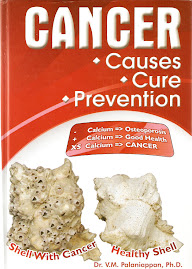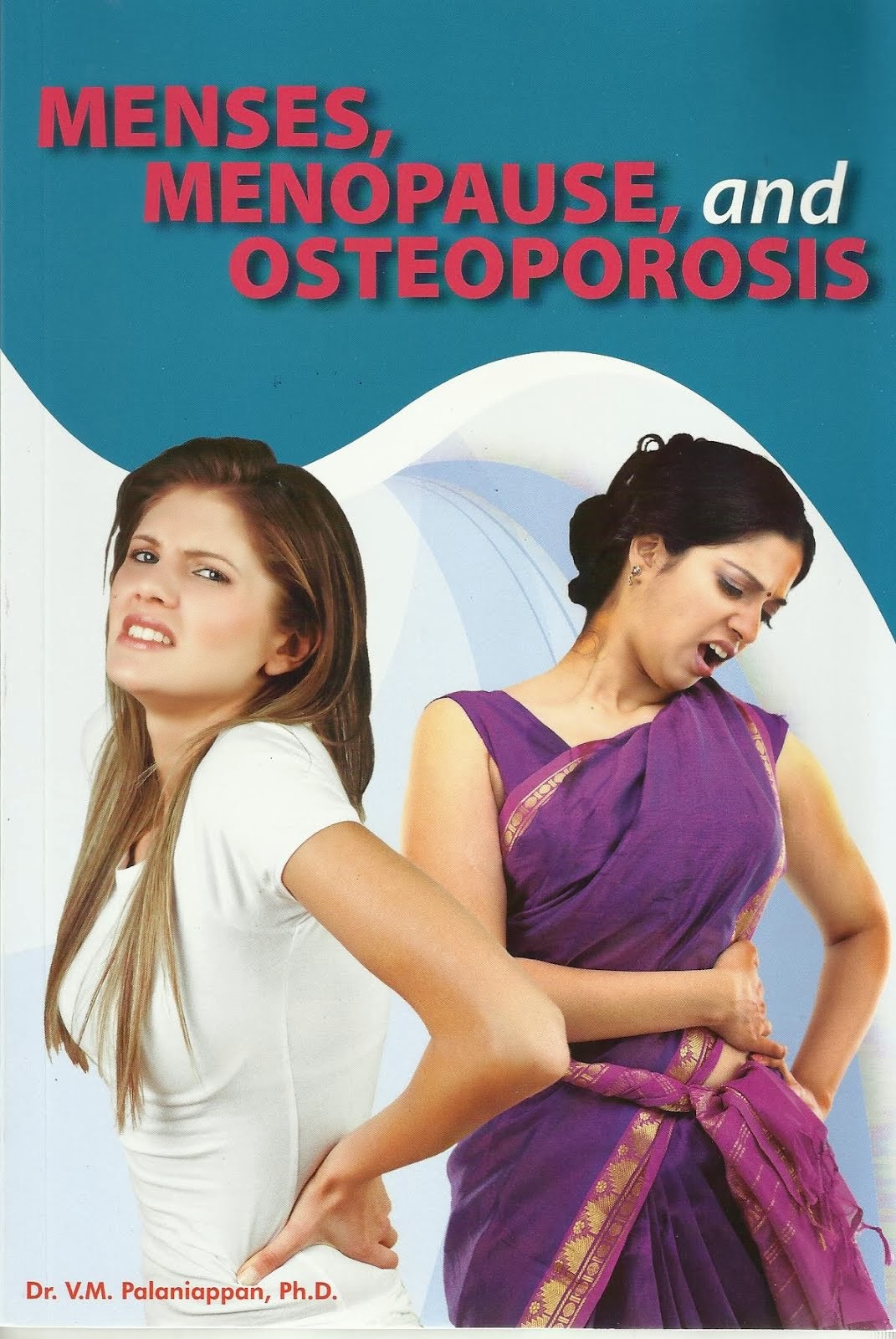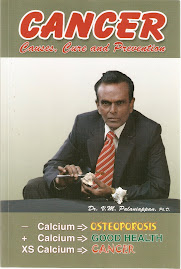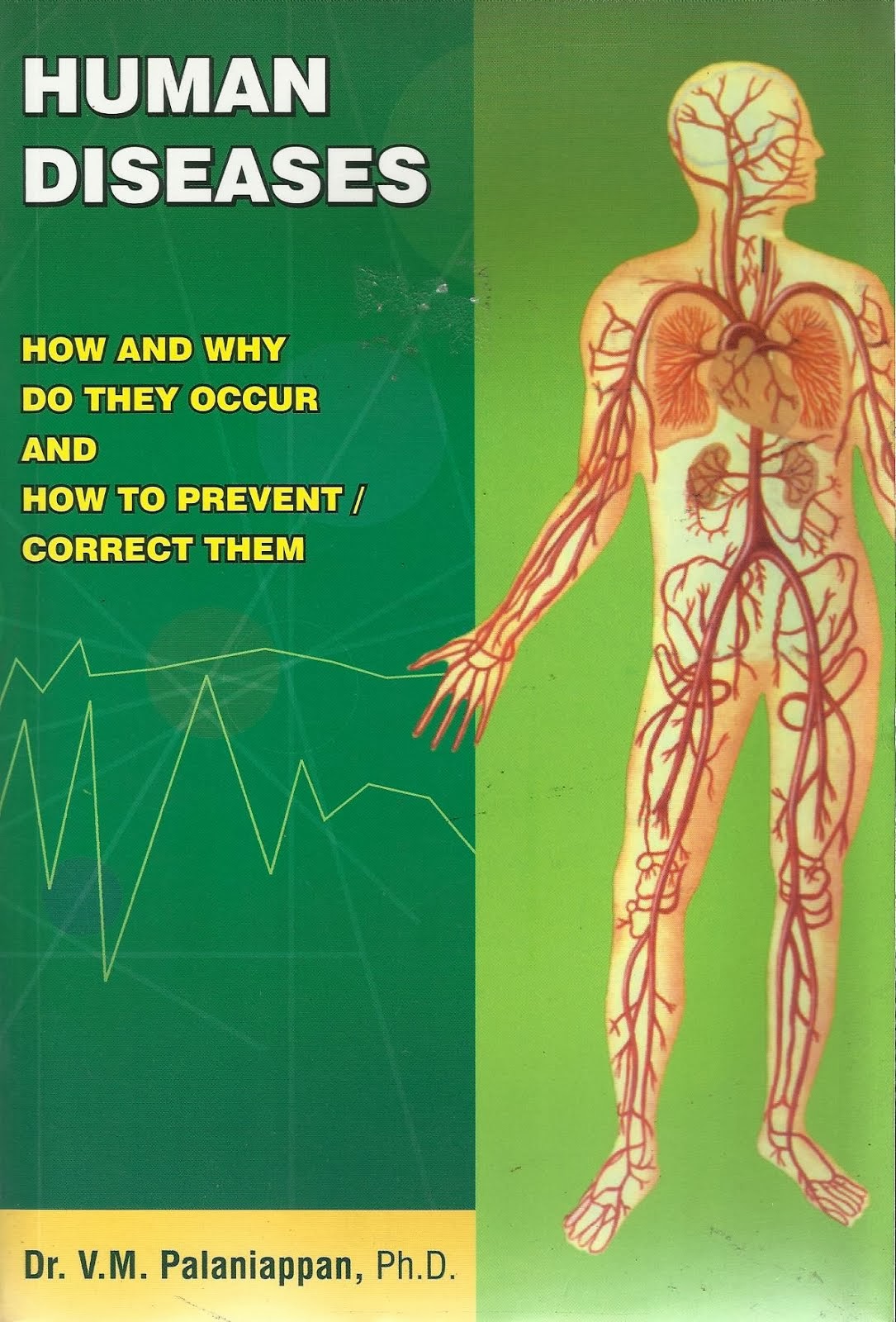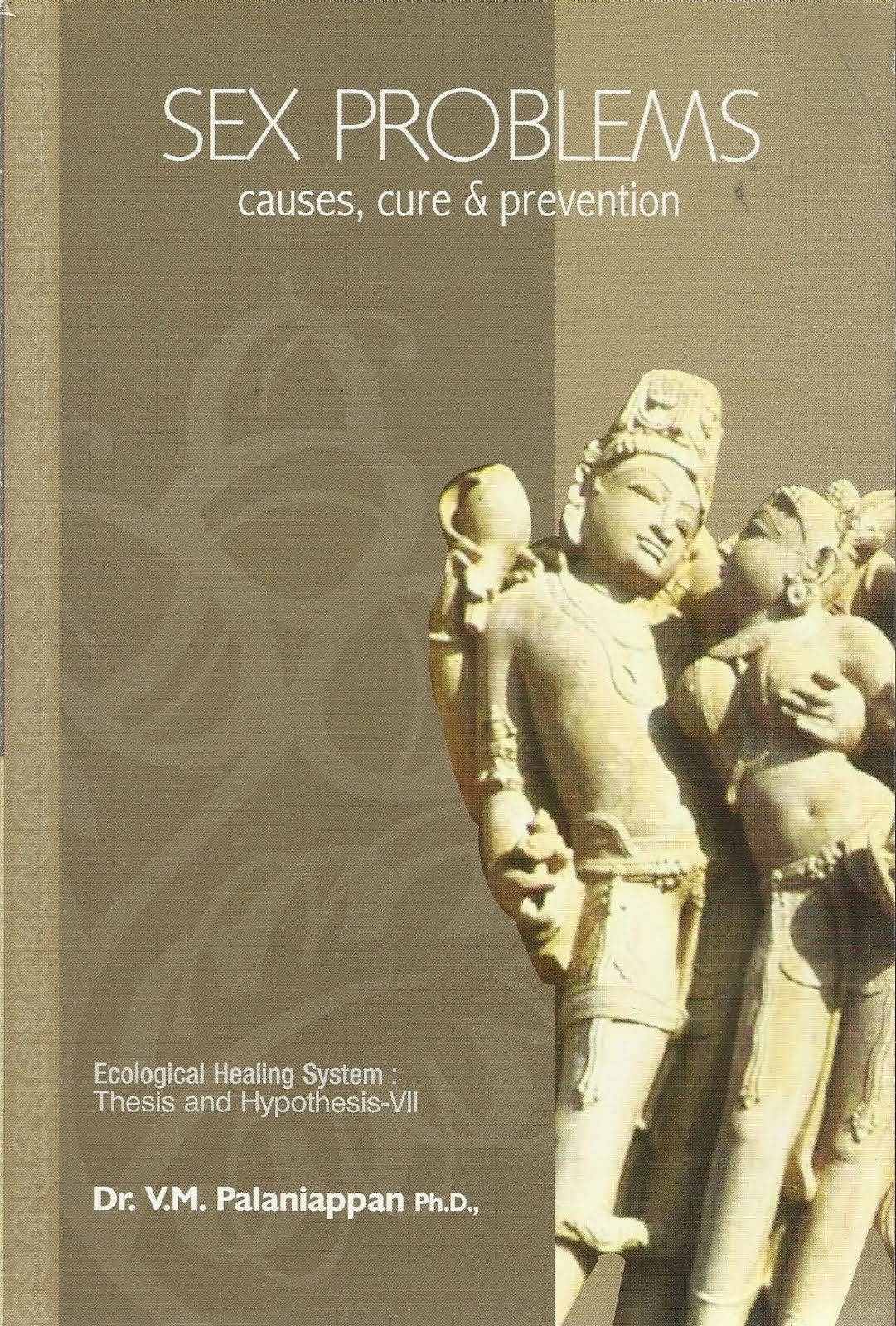
© 2008/2010:Dr. V.M.Palaniappan
67. Menopause
Women develop menopause (i.e., cease menstruating) in their late 40’s or early 50’s.
After this, (a) some women develop atherosclerosis (hardening of the blood vessels) and die of heart diseases, and (b) some others develop a disease called osteoporosis.
67. Menopause
Women develop menopause (i.e., cease menstruating) in their late 40’s or early 50’s.
After this, (a) some women develop atherosclerosis (hardening of the blood vessels) and die of heart diseases, and (b) some others develop a disease called osteoporosis.
Osteoporosis is a disease in which calcium from bones gets leached out, thus making it weaker. Such a condition gives room for its easy breakage.
With no knowledge on the issue, simply based on some guesswork, the medical faculty has been promoting the replacement of what is being lost from the bones. Thus calcium supplementation has become the normal practice.
Since the problem arises only after menopause, the women are treated with female hormone (oestrogen). They believe that it is oestrogen that protects the women from heart disease and osteoporosis at their pre-menopause stage.
As per my finding, the above is a misconception. Let me explain the phenomenon:
At monthly intervals, most of the accumulated calcium in the body of a woman gets lost in the menstrual discharge.
Once a woman stops menstruating due to menopause, the calcium starts accumulating month after month. Initially, such calcium excesses make the woman obese.
Once the quantity of this accumulation exceeds the tolerance limit, the white blood cells increase enormously, while at the same time, suppressing the red blood cell formation, thus giving rise to Leukaemia (blood cancer), which will be fatal.
In order to protect the body from such mishaps, and for its continued survival in a healthy state, the calcium excesses will have to be eliminated from all of the endangered organs of the body.
Development of osteoporosis is the best way for the brain to achieve this. This forms one of the body’s management techniques.
The above phenomenon is analogous to the development of polyurea/incontinence (i.e., urine oozing out uncontrollably in small quantities) in those people who under-urinate, which results in Diabetes Insipidus.
Along with the urine, calcium excesses and other toxic substances get eliminated from body, which if left to accumulate beyond the limit of tolerance, would give rise to atherosclerosis (hardening of blood vessels), myocardial infarction (heart failure), renal calculi (kidney stones), breast lumps, cysts, fibroids and cancer, finally killing the individual.
Diabetes Insipidus forms the last resort for the brain to offer protectionism for survival, from all of these miseries.
If all the above are true, then the prescription of megadoses of calcium to patients suffering from osteoporosis will form a great mockery in the practice of medicine.
By doing the above, it is claimed that the calcium that gets lost from the body is being replaced.
I have seen a woman living in 4th Mile, Ipoh Road, Kuala Lumpur, who was under such a high calcium prescription, suffering intensely as a result of immensely increased osteoporosis.
The body pain in her became unbearable. She was taking a total of 12,000 mg of calcium daily, and that was inclusive of calcium-enriched milk powder* .
(* Mother’s milk contains only 20 mg of calcium, and cow’s fresh milk, 120 mg. Some of the powdered milk preparations tends to have as high as 2000 mg/100 g. In reality, an adult female, after menopause, should require only 400 – 500 mg of it, daily.)
Researchers have missed, until now, to recognise what I have described in this and my earlier books for the first time* that the true cause for heart diseases is the accumulation of calcium because of under-urination and consumption of mega doses of calcium in the form of supplements.
(* Palaniappan, V.M. (1998, 2000a, b).
In post-menopaused women, again, it is increased calcium accumulation that (a) gives rise to osteoporosis and (b) increases the fatality through heart diseases.
The oestrogen hormone as such does not seem to have anything to do with any of these diseases.
















